There are nearly 170 different SUVs on sale in the U.S. today, and more than half offer a panoramic sunroof. Once an optional feature typically limited to luxury brands like BMW and Mercedes-Benz, the panoramic sunroof has filtered as far down into the compact SUV lineups of mainstream brands like Hyundai and Chevrolet. It's more uncommon to find an SUV now that doesn't offer a substantial piece of glass overhead than one that does. And why not? In one broad stroke, panoramic sunroofs add more light and perceived space into an SUV's cabin, an effect that feels even more pronounced in compact and midsize SUVs. Most also offer a sliding or opening panel above the front passengers, useful for allowing fresh air to circulate inside or quickly venting hot air in a car that's been sitting in the sun. Far from the luxury feature it once was, the panoramic sunroof is almost an essential item for today's SUV buyer.
What is a panoramic sunroof?
There's no standard industry-wide definition for what constitutes a panoramic sunroof, but it's broadly understood as a glass roof panel that spans the first two rows of an SUV or passenger car. While the humble sunroof has been around since the 1930s, first as a removable portion of the roof, then as a roof panel that opened and slid forward and back, today's glass panels might more accurately be called "moonroofs," or glass panels integrated into the metal roof structure that allows sunlight in through dark, tinted film. Sunroof and moonroof are used interchangeably today — at Edmunds, we default to "sunroof" in our reviews — but the relatively new panoramic sunroof is one that most people recognize as a long glass roof panel that allows a "panoramic" view of the sky above.
Why choose a panoramic sunroof?
A panoramic sunroof is about the closest you can get to making your SUV a convertible. It allows in light during the day, offers stargazing at night, and generally makes an SUV's cabin feel open and airier. Most of today's sunroof glass is treated with film or coating that blocks infrared light and reduces the sun's penetrating heat inside the cabin. Many offer a sliding partition that lets air rushing over the roof to circulate inside the cabin. Some panoramic sunroofs are fixed into the roof structure and cannot be opened. Brands, such as Land Rover, offer a choice of fixed or sliding roofs. The preference is personal. Depending on where you live, you may rarely — or never — want hot or cold air rushing into the cabin, making a fixed roof a better choice.
Most panoramic sunroofs also offer a panel or blind — sometimes a plastic panel wrapped like the headliner or a sliding mesh screen — to keep the sun and sky out when you don't want it. Newer technology, largely limited to luxury models, involves electrochromic shading, which can turn clear or opaque when an electrical charge is applied to material embedded in the glass. This high-tech substitute eliminates the need for bulkier physical blinds and shades and lends a sleeker, more low-profile look.
With the extra light, sense of space, and the option to circulate air, a panoramic sunroof seems like an easy choice. But there are some compromises. Panoramic roofs are heavy, often adding between 150 and 200 pounds with the combined weight of the glass, frame, motor and sliding mechanism. This may sound inconsequential, but it's roughly the weight of an extra passenger, which can sap some fuel economy. Although negligible in the long run, it's something to keep in mind.
All that extra weight is also concentrated at the top of the car's center of gravity, which can affect handling. This may be more of a concern for coupes and sport sedans, where the extra weight can be felt in fast curves and corners. (There's a reason why most amateur racers opt for cars without sunroofs for their track driving.) In most SUVs, the extra top-heaviness won't be noticeable.
A more practical concern is the sacrifice in headroom. Panoramic sunroofs and their components are bulky and consume space in the roof structure. You typically lose an inch or more of headroom by opting for a sunroof. The Hyundai Santa Fe offers 41.1 inches of headroom without its panoramic sunroof. Adding the glass reduces that by 0.9 inch in the front row and 1 inch in the second row. In the Chevrolet Traverse, there's 42.6 inches of front-row headroom without the sunroof and almost 2 inches less with one. In the second row, there's also about 2 inches less. These shouldn't be deal-breaking compromises, but something for taller drivers and passengers to keep in mind and test-fit at a local dealer.
Top SUVs with panoramic sunroofs
With nearly 200 SUVs on sale today, and more than half offering a panoramic sunroof, listing all would make an unwieldy and not particularly useful list. If an SUV is on your list and it's a relatively high-volume model, it's a safe bet you'll find a panoramic sunroof in its trim structure. Here we've listed the top SUVs, according to Edmunds' rankings, in various categories — subcompact to full-size three-row behemoths — that offer a panoramic sunroof, and what it'll cost you.

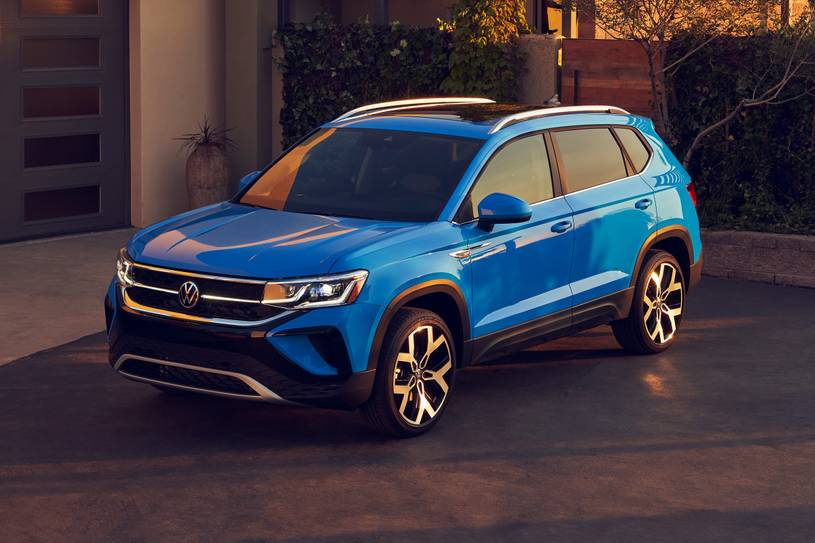


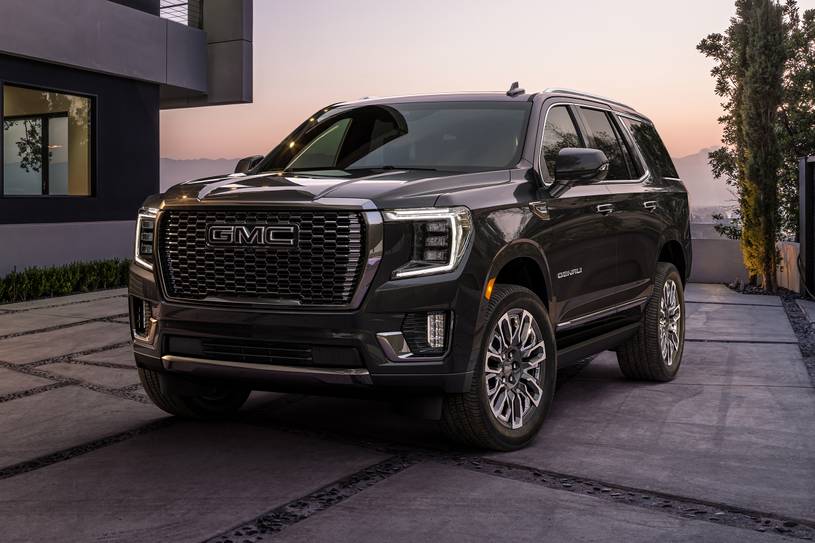
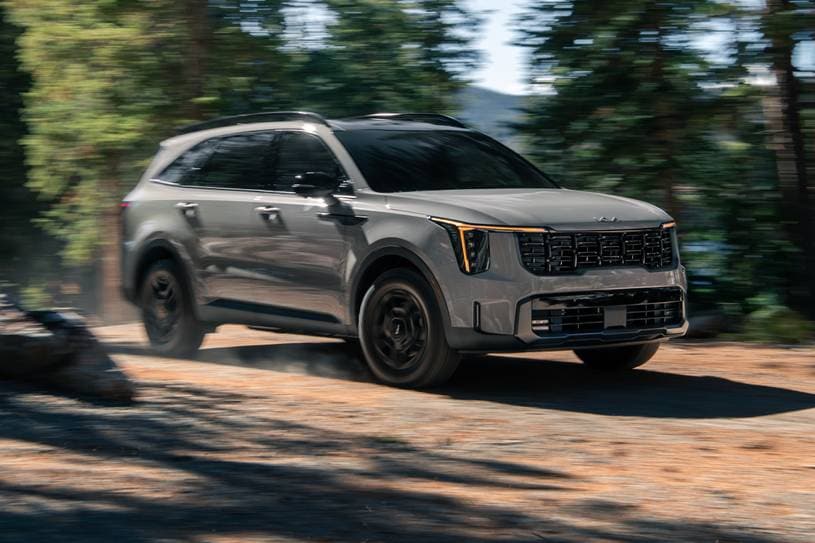
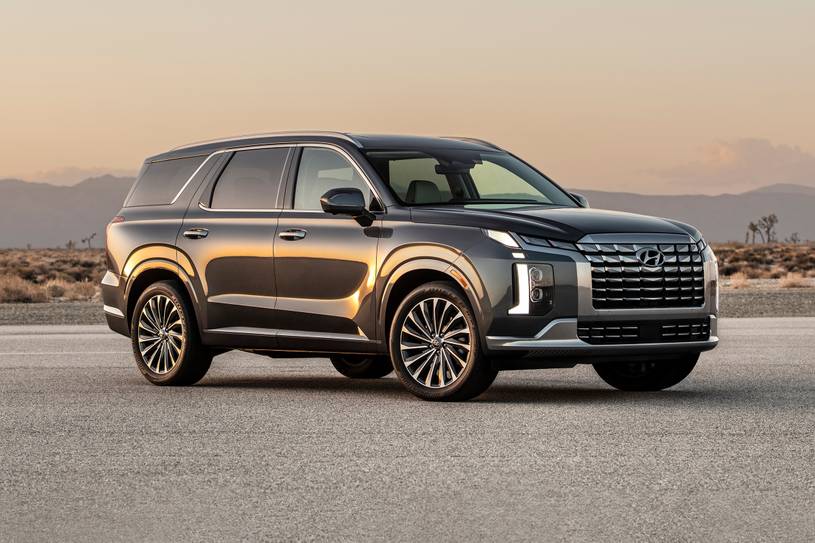




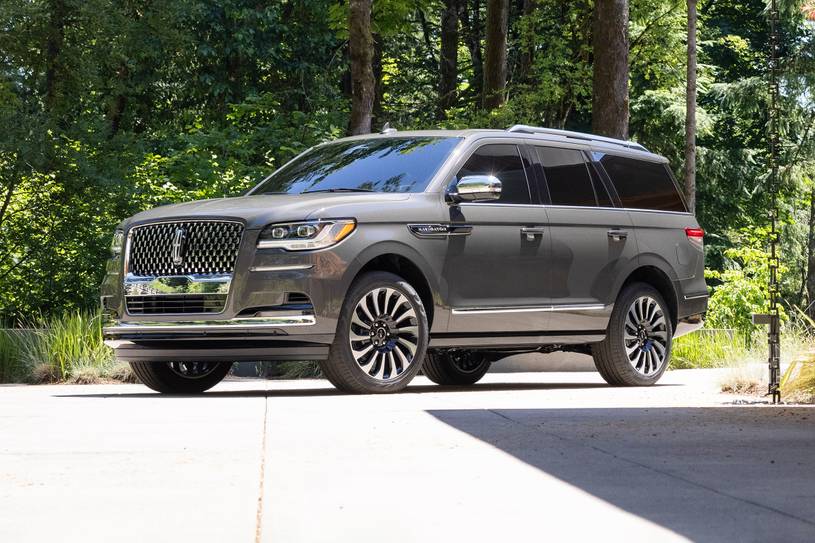
 by
by